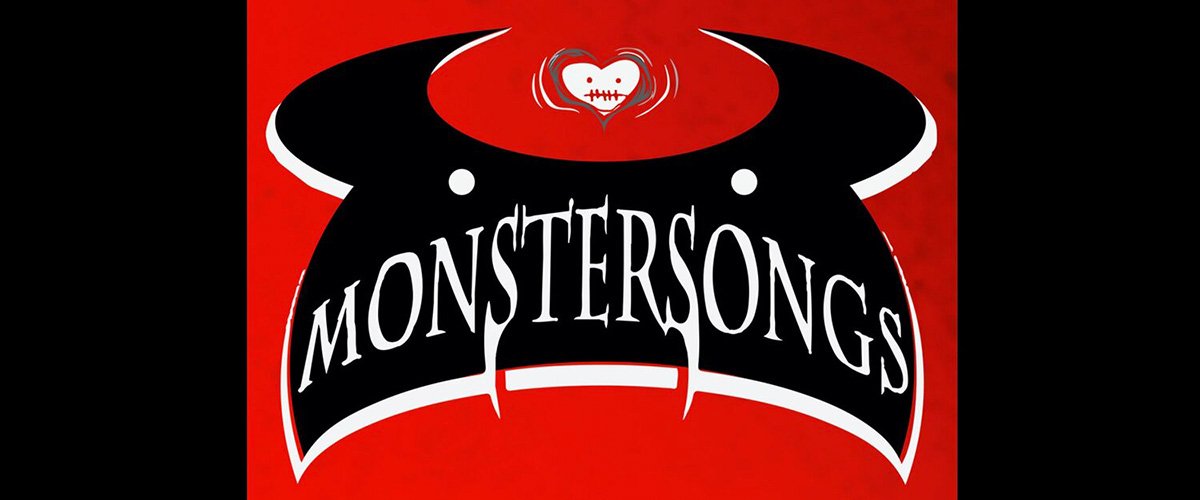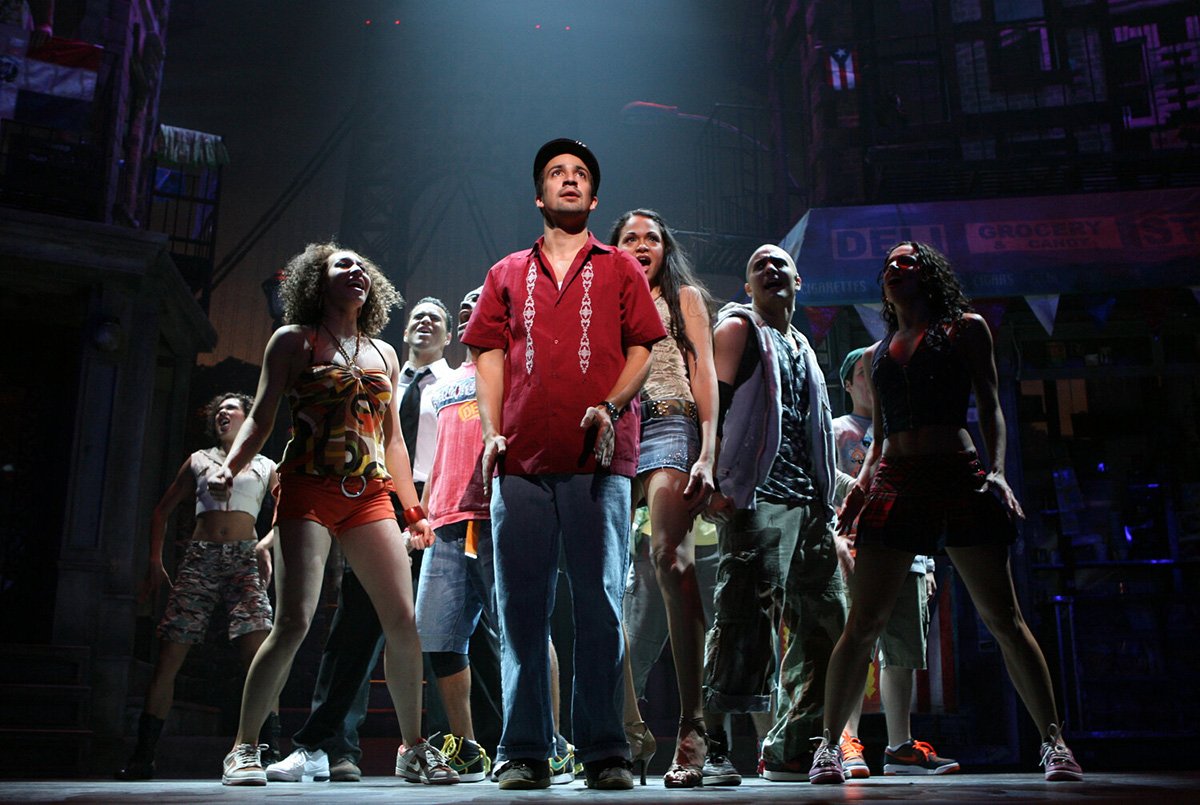
Some stories — and even some titles — have a visual style that precedes them in the popular consciousness, even to those who haven’t encountered the work before. When I began working on Ken Ludwig’s adaptation of Murder on the Orient Express for the Alley Theatre in Houston, I hadn’t read Agatha Christie’s novel or seen the film and TV adaptations. But my reaction to the title was strong and visceral, as though I already knew the setting well: luxury train cars dripping with art deco and vaguely Eastern details while a snowy wilderness races past the windows. That sort of visual resonance can be a double-edged sword. On the one hand, designers thrive on richly evocative material, and Christie’s story is as evocative as a meat pie shop or a haunted castle in Denmark. On the other, it can be dangerous to venture into a design process with too-fixed an idea of what it is supposed to be. This is especially true when a play setting collides with an unexpected performance space, like a train and a thrust stage.
Before we’d formally begun the design process, I assured director Rob Melrose that although Ludwig’s Murder on the Orient Express presented some challenges on the Alley’s Theatre’s Hubbard Theatre stage, I saw multiple paths forward. It was a matter of devising a theory for our design, what information the set needed to convey, and why, and, of course, a lot of old-fashioned sightline work.
The Hubbard stage is the Alley’s flagship venue, an 800 seat thrust theatre with a beautiful, impossibly broad semicircle of audience seating. Like many large modern thrust spaces, it features an expansive upstage area barely contained by a wide portal, but the real heart of the stage begins at the plaster line and extends towards the audience. In this kind of space, the stage apron is where the magic happens; it’s where actors and audiences feel most connected. But dropping a train on a stage apron inspires a flurry of red flags. Patrons need clear lines of sight across a thrust – even a bed or chair can cause problems. Scenery can cut-off pathways, as well, making it impossible for actors to easily move across the stage.
The first solution, then, was a strictly practical one: elevate the train, allowing us to invest in physical cars without eliminating pathways across the stage. Perching the Orient Express upon a red ironwork bridge added interesting structure to the picture and created useful entrances via a decorative “underpass.” A bilevel set doesn’t seem like an innovative solution in hindsight, but in the heat of the process, deciding to stage Murder on the Orient Express with an elevated train felt revelatory.
In early meetings, my team and I also wrestled with degrees of reality — more specifically, with how much to reveal. In a traditional proscenium venue, the designer is usually at liberty to crop the stage picture as narrowly as they desire. This can alleviate a lot of anxiety associated with complex environments (Ludwig’s script certainly presents one of those, as the story traces the titular train through a snowy wilderness and an encounter with an avalanche). In a proscenium theater, where audience members share a similar viewpoint across the house, a designer might cut the stage picture to the interior of the train cars alone, leaving only what’s glimpsed through windows to contend with. But one can’t easily “iris in” on action on a thrust stage — and in the case of the Alley’s Hubbard Theatre, that left a lot of real estate to address. Initially, nothing was off the table: the deck, sculpted into sweeping snowdrifts; an enormous painted drop depicting stormy skies; twisting metal grillwork, enveloping the space like an art deco tangle of train tracks. Those kinds of gestures rapidly balloon in cost (especially on a larger stage), and there was still the Orient Express itself to deal with, along with the audience’s expectations for finery befitting a luxury train.
For our team, the final key presented itself in Ludwig’s script. Director Melrose was quick to identify that the playwright had cleverly engineered Christie’s novel into a memory play. Inspector Poirot frames the performance in a pair of asides removed from the narrative, stepping forward to at the top of the evening to prepare the audience for his recounting of the forthcoming tale — and, true to form, with a thoughtful epilogue to conclude the story. Baked into Ludwig’s Murder on the Orient Express, then, we found our theory of design: the re-creation of a murder investigation on a luxury train, but one pulled from the ether; an ephemeral space built of Poirot’s memories, rather than a literal one carved from reality. From that theory, an exciting aesthetic began to emerge: the train, a crystalline structure of steel and etched glass, delicate and incomplete, set against an inky blackness. A world dominated by peculiar points of light and odd, glowing slashes, reminiscent of stars or snowflakes racing by a train’s window. A persistent, pulsing original score, inspired by film music of the early 20th century but realized with synthesizers and other digital tools. (Lighting design by Cat Tate Starmer; sound design by Cliff Caruthers.)
Perhaps best of all, the design permitted a certain looseness of form, where scenes from within the elevated train could be excerpted on the thrust below. Whenever Melrose and I felt a scene required greater audience focus, the action would shift to this mode like a camera zoom or a crop. In the inevitable scene so characteristic of Agatha Christie, where the dauntless inspector announces the solution to the heretofore unsolvable crime, our Poirot was able to stand in the elevated train like an orchestra conductor, narrating a reenactment of the crime played below — a dramatic device that regularly drew applause.
Good directors and designers tend to argue that any play can be produced in any space, on any budget, and it’s true: difficult though it may be, there’s a wonderful Evita to be staged in with little more than a folding chair in a black box theater in the hands of the right visionaries. However we hate to admit it, most designers occasionally encounter the defeatist equivalent impulse: a quiet inner voice muttering this play was never meant to be produced under these circumstances. It’s a great relief, then, how often that insidious voice is proven wrong — and moreover, how many wonderful and unexpected ideas can spring from those challenges.
…
To purchase your copy of Agatha Christie’s Murder on the Orient Express, click here. For performance rights, click here.
(photo: Lynn Lane)

Newly Available for Licensing – October 2025 (UK)

Monstersongs and Monster Shows

